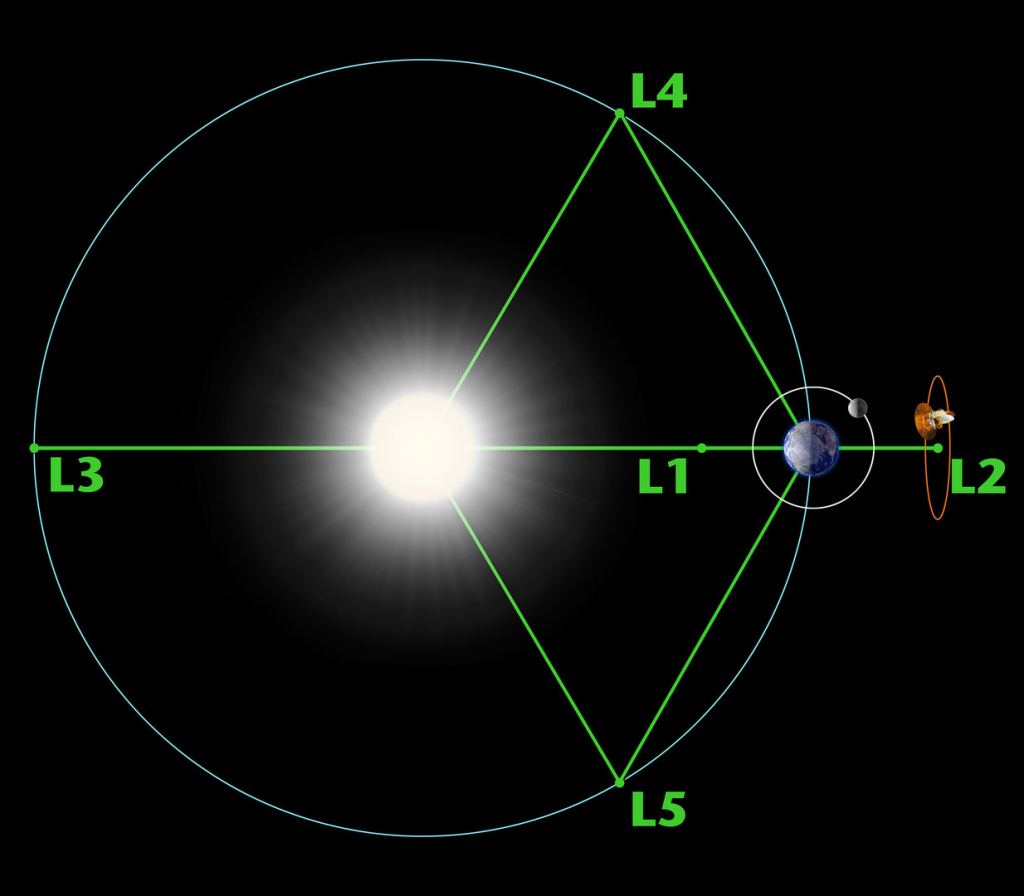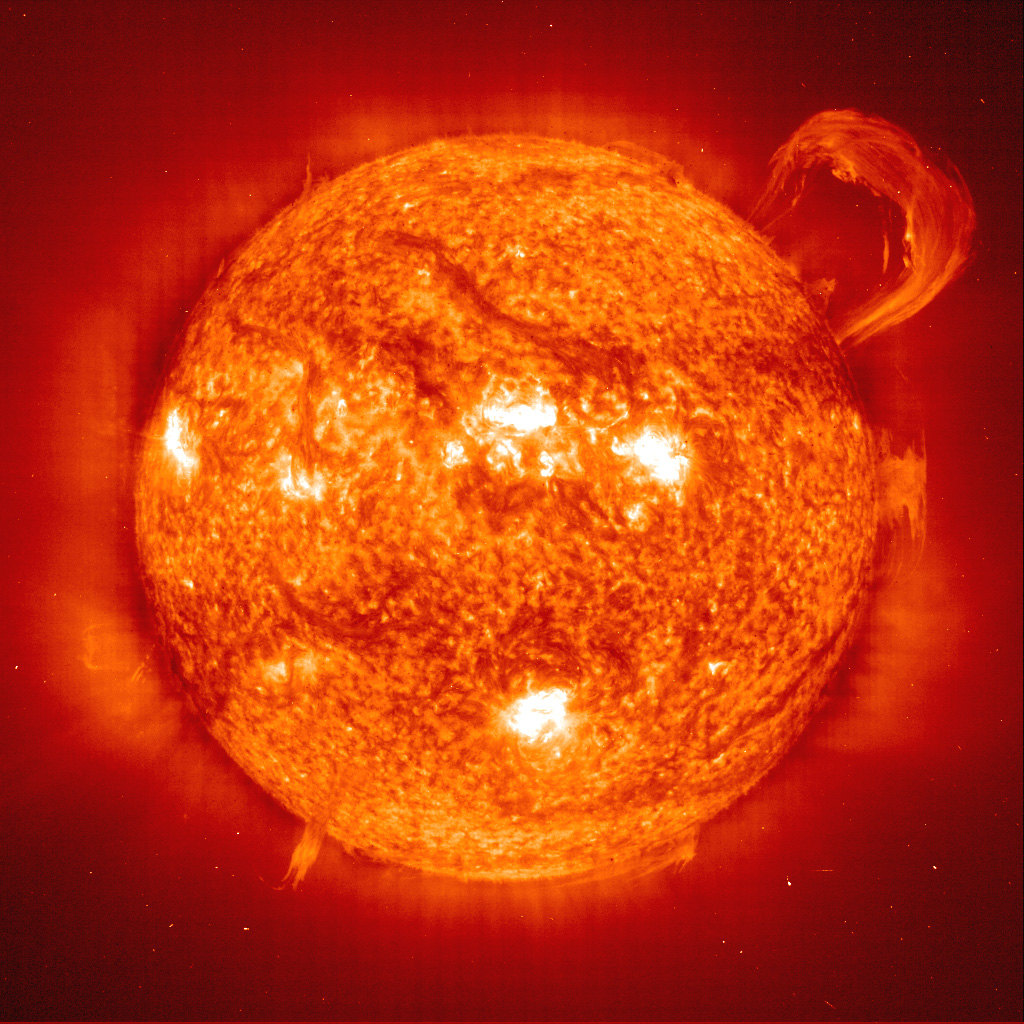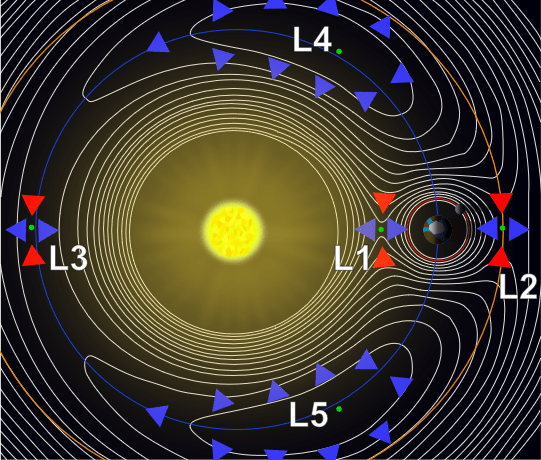The Sun is not exactly placid, though it appears pretty peaceful in the quick glances we can steal with our naked eyes. In reality though, the Sun is a dynamic, chaotic body, spraying out solar wind and radiation and erupting in great sheets of plasma. Living in a technological society next to all that is a challenge.
Mostly the Sun just warms the Earth. But sometimes its eruptions lead to solar storms that strike the Earth. And in our electrified and globally communicative world, those storms can cause a lot of damage. Potentially billions of euros worth of damage in Europe alone, according to the European Space Agency (ESA). There are things we can do to protect our electrical grid, communications systems, and other infrastructure from the geomagnetic storms caused by the Sun. But, we need to know when one’s coming.
If we want to predict solar storms with any accuracy, we have to observe their source: the Sun. While we can see the Sun from Earth, the Earth’s magnetic field, which actually works to protect us from these storms, is a hindrance to monitoring the Sun. The atmosphere blocks out the Sun’s x-rays, extreme UV, and gamma rays, which also makes it harder to observe the Sun in detail.
It’s not that ground observations of the Sun can’t tell us about the Sun’s behaviour, and impending solar storms, it’s just that they can’t do it alone. Satellites inside Earth’s magnetosphere but outside the atmosphere can also help. But they take in situ measurements, they don’t make forecasts.
The ESA is planning a mission that will give us more advance warning of dangerous storms. To be more effective, it has to be in space, away from the Earth’s magnetosphere. The mission is called Lagrange, and right now the ESA is considering a pair of spacecraft. One would sit at Lagrangian Point 1, and the other would sit at Lagrangian Point 5.

Lagrange points are specific locations in space where the gravitational force from the Earth and the Sun balance each other, and a spacecraft can stay in that position for a long time with minimal fuel usage. There are already multiple spacecraft at L1 and L2, with more coming. (The James Webb Space Telescope will be deployed at L2.)
The Sun sometimes erupts and emits vast globs of material with magnetic field lines from coronal mass ejections. Most of those globs don’t come anywhere near Earth; but occasionally, one strikes us. And that causes a geomagnetic storm here, as the Sun’s outburst temporarily overwhelms the Earth’s magnetosphere.
But these storms don’t come out of nowhere. They start out with observable conditions on the Sun. The Sun has an 11 year cycle, and the part of that cycle with the most solar activity—and storm potential—is called the solar maximum. During the solar maximum, most storms come from coronal mass ejections (CMEs). At other times in the 11 year cycle, storms are also spawned by co-rotating interaction regions (CIRs).

But whatever the cause, they all come from the Sun, and predicting them more accurately is to everyone’s benefit.
The pair of spacecraft would work together to monitor the Sun. L1 is in the solar wind, in an upstream position. L1 measurements can tell us about space weather that’s heading for Earth. The L5 position gives us a kind of side view of coronal mass ejections, and that allows for better measurements of a CME’s speed and direction. Together, the information would mean better forecasts.
“One of the best ways to observe rapidly changing solar activity is to position a dedicated spacecraft slightly away from our direct line to the Sun, so that it can observe the ‘side’ of our star before it rotates into view,” said Juha-Pekka Luntama, responsible for space weather at ESA’s mission control centre, Darmstadt, Germany.
The L1 spacecraft would measure the actual material of the storm heading for Earth, and could sample its speed, density, temperature, and pressure. It can also measure the strength and the direction of the Interplanetary Magnetic Field (IMF), which is the portion of the Sun’s magnetic field pushed into space by the Sun’s solar wind. The L1 position also allows the spacecraft to watch the solar disc and corona, and to measure energetic particles from the Sun.

The L5 position is 60 degrees behind Earth as it orbits the Sun. The L5 spacecraft would look at things from the side, and would see the side of the Sun that was about to rotate to face Earth. That spacecraft would also be able to watch as plasma clouds propagate and are emitted toward Earth.
“L5 is an excellent spot for a future ESA space weather mission because it gives advance views of what’s happening at the Sun,” said Juha-Pekka in a press release.
“The spacecraft would provide crucial data that will help us spot Earth-arriving ejections, improve our forecasts of the arrival time at Earth and provide advance knowledge of active regions on the Sun as they rotate into view.”
For this mission, the two spacecraft would not be identical. To fulfill their scientific roles, they’d each need a different suite of instruments. Among those instruments are magnetographs, coronagraphs, heliospheric imagers, magnetometers, spectrometers, plasma analyzers, and others.
The Lagrange mission would become part of a network of observing facilities, both in space and here on Earth, dedicated to forecasting space storms. Together, they make up the ESA’s Space Weather (SWE) network.
In a press release, the ESA states that a single extreme space weather event could cause up to $15 billion euros ($16.2 billion US). With advance warning, power grid operators would be able to prepare for the storm and reduce the damage, and ensure that electricity to critical facilities like hospitals was only minimally interrupted. Satellite operators would likewise benefit.
The mission is in the design concept stage right now. Experts in space weather and instrument design from industrial and scientific consortiums in Europe are working on it. The ESA says they will select a mission design within about 18 months.
More:
- Press Release: Lagrange Mission
- Additional Press Release: Lagrange mission
- Universe Today: Space Weather Forecasts can now give Satellites One Whole Day of Warning when a Killer Solar Storm is Inbound

